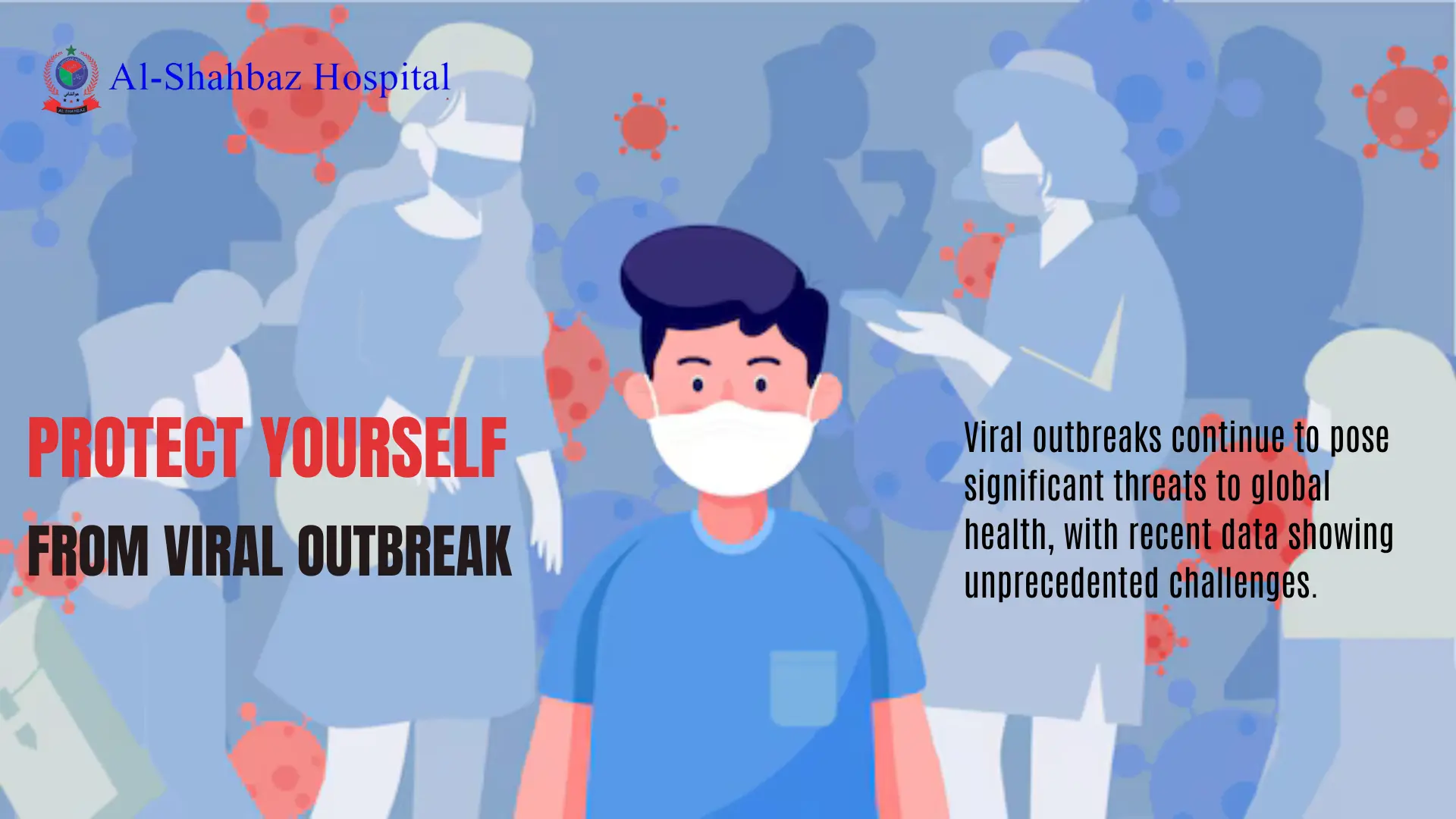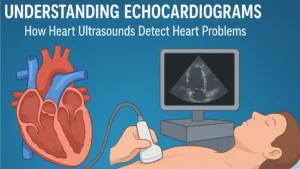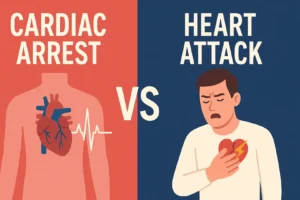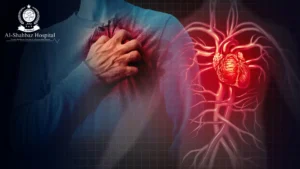Protect Yourself from Viruses: Prevention Tips That Work
Viral outbreaks continue to pose significant threats to global health, with recent data showing unprecedented challenges. Understanding how to protect yourself and your community has never been more crucial. This comprehensive guide provides evidence-based strategies, current statistics, and actionable steps for viral outbreak protection.
According to the World Health Organization (WHO), outbreaks of emerging and re-emerging viruses have increased by nearly 75% in the past two decades due to urbanization, climate change, and global travel.
What is a Viral Outbreak?
A viral outbreak refers to a sudden increase in cases of a viral infection within a specific area or community. It can range from localized flu epidemics to global pandemics like COVID-19.
Common Viral Outbreaks in Pakistan
COVID-19
Dengue Virus
Hepatitis A, B, and C
Seasonal Influenza
Nipah Virus (sporadic risks)
Typhoid fever (XDR strains)
How Do Viral Infections Spread?
Most viruses spread via:
Airborne droplets (coughing, sneezing)
Direct contact (shaking hands)
Contaminated surfaces (door handles, mobile phones)
Fecal-oral route (poor sanitation, unclean water)
Mosquito bites (e.g., dengue, Zika).
Understanding the Current Viral Landscape
Recent Outbreak Statistics
The global health landscape in 2024-2025 has been marked by several significant viral outbreaks:
- Dengue Fever: Over 12 million cases reported in 2024, making it the highest year on record.
- Measles: U.S. kindergarten vaccination coverage dropped from 95.2% (2019-2020) to 92.7% (2023-2024), leaving approximately 280,000 children at risk.
- COVID-19: The pandemic has affected over 700 million people globally, causing more than 7 million deaths as of August 2024.
- Respiratory Viruses: Ongoing circulation of COVID-19, influenza, and RSV continues to impact communities.
Essential Viral Outbreak Protection Strategies
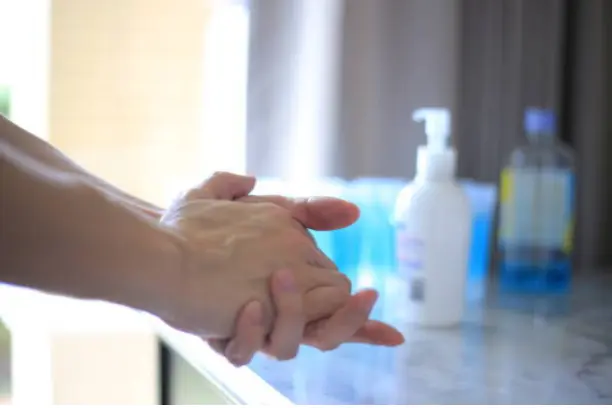
1. Hand Hygiene: Your First Line of Defense
The Science Behind Hand Hygiene
Hand hygiene remains the most effective single intervention for preventing viral transmission. According to the World Health Organization (WHO), proper hand hygiene can prevent up to 50% of avoidable infections during healthcare delivery.
Key Statistics:
- Handwashing can prevent about 30% of diarrhea-related illnesses
- Reduces respiratory infections by approximately 20%
- Community-based handwashing education reduces illness by 23-40%
Proper Hand Hygiene Technique:
- Wet hands with clean, running water
- Apply soap and lather for at least 20 seconds
- Scrub all surfaces, including palms, backs, fingers, and under nails
- Rinse thoroughly with clean water
- Dry with a clean towel or air dry
When to Wash Hands:
- Before eating or preparing food
- After using the restroom
- After coughing, sneezing, or blowing the nose
- After touching public surfaces
- Before and after caring for someone who is sick
- After handling garbage
2. Vaccination: Building Community Immunity
Vaccine Effectiveness Data
Vaccination remains one of the most powerful tools for viral outbreak prevention:
- Influenza vaccines: 40-60% effective when well-matched to circulating strains
- Measles vaccine: 97% effective after two doses
- COVID-19 vaccines: Continue to provide significant protection against severe illness
Key Vaccination Strategies:
- Stay up-to-date with routine immunizations
- Receive annual flu vaccines
- Follow CDC recommendations for COVID-19 boosters
- Consult healthcare providers about travel vaccines
3. Respiratory Hygiene and Etiquette
Effective Respiratory Protection:
- Cover coughs and sneezes with a tissue or your elbow
- Dispose of tissues immediately
- Wash your hands after coughing or sneezing
- Maintain distance from others when sick
Mask Usage Guidelines:
- Wear well-fitting masks in crowded indoor settings
- Use N95 or KN95 masks for maximum protection
- Ensure proper mask hygiene and replacement
4. Environmental Hygiene and Disinfection
Surface Disinfection:
- Clean frequently touched surfaces daily
- Use EPA-approved disinfectants
- Focus on doorknobs, light switches, phones, and keyboards
Air Quality Management:
- Improve ventilation in indoor spaces
- Use air purifiers with HEPA filters
- Keep windows open when weather permits
5. Social Distancing and Isolation
Physical Distancing Guidelines:
- Maintain 6 feet distance from others when possible
- Avoid large gatherings during outbreaks
- Practice isolation when experiencing symptoms
6. Travel Precautions
Pre-Travel Preparation:
- Check destination health advisories
- Ensure vaccinations are current
- Pack hand sanitizer and masks
During Travel:
- Practice enhanced hygiene measures
- Avoid close contact with sick individuals
- Monitor health symptoms
High-Risk Populations and Special Considerations
Vulnerable Groups
- Adults over 65 years
- Individuals with chronic conditions (diabetes, heart disease, immunocompromised)
- Pregnant women
- Young children under 5 years.
Enhanced Protection for High-Risk Individuals
- Prioritize vaccination
- Limit exposure to crowded settings
- Maintain strict hygiene practices
- Seek medical care promptly for symptoms
Nutrition and Immune System Support
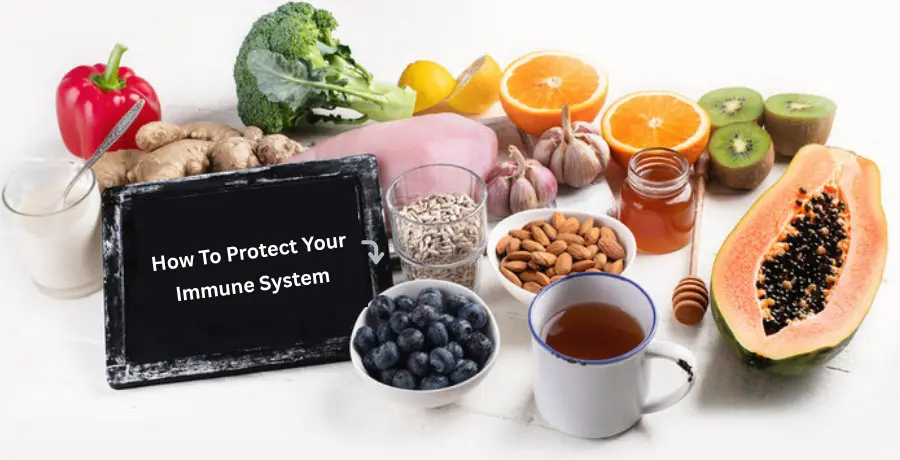
Immune-Boosting Nutrients
- Vitamin C: 65-90mg daily for adults
- Vitamin D: 600-800 IU daily
- Zinc: 8-11mg daily for adults
- Probiotics: Support gut health and immunity
Healthy Lifestyle Factors
- Regular exercise (150 minutes of moderate activity weekly)
- Adequate sleep (7-9 hours nightly)
- Stress management techniques
- Balanced nutrition with fruits and vegetables
Technology and Outbreak Monitoring
Digital Health Tools
- Contact tracing apps
- Symptom tracking applications
- Public health alert systems
- Telemedicine consultations
Information Sources
- CDC Current Outbreak List
- WHO Disease Outbreak News
- Local health department updates
- Verified public health websites
Emergency Preparedness
Home Emergency Kit
- 14-day supply of medications
- Non-perishable food items
- Water (1 gallon per person per day)
- First aid supplies
- Thermometer
- Hand sanitizer and disinfectants
Family Emergency Plan
- Identify healthcare providers
- Establish communication methods
- Designate emergency contacts
- Plan for childcare during illness
Economic Impact and Cost-Effectiveness
Cost of Prevention vs. Treatment
- Hand hygiene programs generate economic savings 16 times the implementation cost.
- Vaccination programs prevent billions in healthcare costs
- Early intervention reduces long-term healthcare burden
Future Pandemic Preparedness
Emerging Threats
- Novel influenza strains
- Coronavirus variants
- Vector-borne diseases
- Antimicrobial resistance
Global Preparedness Initiatives
- WHO pandemic treaty development
- International health surveillance
- Vaccine development platforms
- Global health security investments
Seek Medical Help Early
Early intervention can prevent complications.
If you experience: Persistent fever
Difficulty breathing, Body aches, Fatigue, or diarrhea
Contact Al Shahbaz Hospital immediately:
Visit: https://alshahbazhospital.com/
Conclusion
Protecting yourself from viral outbreaks requires a multi-layered approach combining personal hygiene, vaccination, environmental awareness, and community responsibility. The statistics demonstrate that simple measures like proper handwashing can prevent significant illness, while vaccination continues to be our most powerful tool against viral threats.
Stay informed through reliable sources, maintain healthy lifestyle habits, and adapt protection strategies based on current outbreak conditions. Remember that individual actions contribute to community health, and collective efforts are essential for controlling viral outbreaks.
Frequently Asked Questions (FAQs)
General Protection Questions
Q: How effective is hand sanitizer compared to soap and water?
A: Soap and water are more effective than hand sanitizer for most viruses. Hand sanitizer should contain at least 60% alcohol and be used when soap and water aren’t available.
Q: How long do viruses survive on surfaces? A: Survival time varies by virus and surface. Most respiratory viruses can survive 24-72 hours on hard surfaces, while some may persist longer on certain materials.
Q: Should I wear a mask if I’m vaccinated?
A: Mask recommendations depend on current community transmission levels, local guidelines, and individual risk factors. Consult current CDC guidance for specific situations.
Q: How often should I get vaccinated?
A: Follow CDC recommendations for each vaccine type. Some require annual updates (flu), while others provide longer-lasting protection.
Symptom and Illness Questions
Q: What are the early warning signs of viral illness?
A: Common early symptoms include fever, cough, sore throat, body aches, fatigue, and sometimes gastrointestinal symptoms. Seek medical attention for severe symptoms.
Q: How long should I isolate if I’m sick?
A: Generally, isolate until fever-free for 24 hours and symptoms are improving. Follow specific guidance for different viruses and consult healthcare providers.
Q: When should I seek medical care?
A: Seek immediate care for difficulty breathing, persistent chest pain, confusion, severe dehydration, or other concerning symptoms.
Prevention and Lifestyle Questions
Q: Do supplements boost immunity?
A: A balanced diet typically provides necessary nutrients. Supplements may help for specific deficiencies, but they’re not a substitute for proven prevention methods.
Q: How can I protect my family during an outbreak?
A: Implement household hygiene measures, ensure vaccinations are current, maintain emergency supplies, and follow public health guidance.
Q: Is it safe to travel during viral outbreaks?
A: Travel safety depends on outbreak severity, destination risk levels, and individual health factors. Check travel advisories and consult healthcare providers.
Special Populations
Q: How can I protect my elderly parents?
A: Ensure they’re vaccinated, help with grocery shopping to reduce exposure, maintain regular health check-ins, and assist with medical appointments.
Q: What precautions should pregnant women take?
A: Pregnant women should follow general prevention guidelines, ensure prenatal care continues, discuss vaccination with healthcare providers, and avoid sick contacts.
Q: How do I protect children too young for vaccines?
\A: Create a protective bubble by ensuring family members are vaccinated, maintaining strict hygiene, limiting exposure to large groups, and consulting pediatricians regularly.


